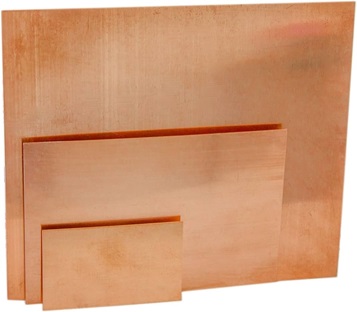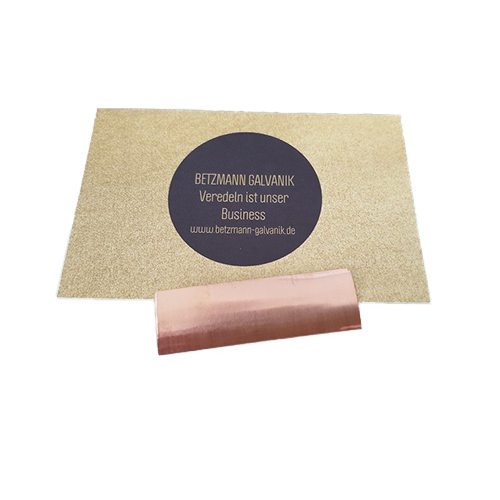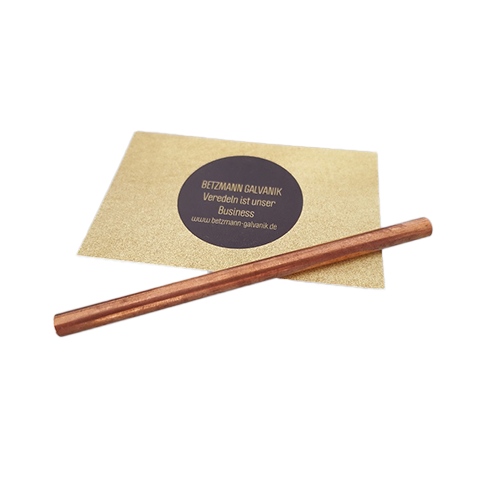Copper conductive lacquer spray (400 ml)
















€49.80*
Available in 1 day, delivery time 2-3 days
Product information "Copper conductive lacquer spray (400 ml)"

Similar Items
Content: 0.1 Liter (€90.00* / 1 Liter)
Content: 0.05 Liter (€476.00* / 1 Liter)
Content: 0.012 Kilogramm (€3,316.67* / 1 Kilogramm)
Content: 0.1 Liter (€91.60* / 1 Liter)
Content: 0.15 Liter (€330.00* / 1 Liter)
Content: 0.05 Liter (€406.00* / 1 Liter)









